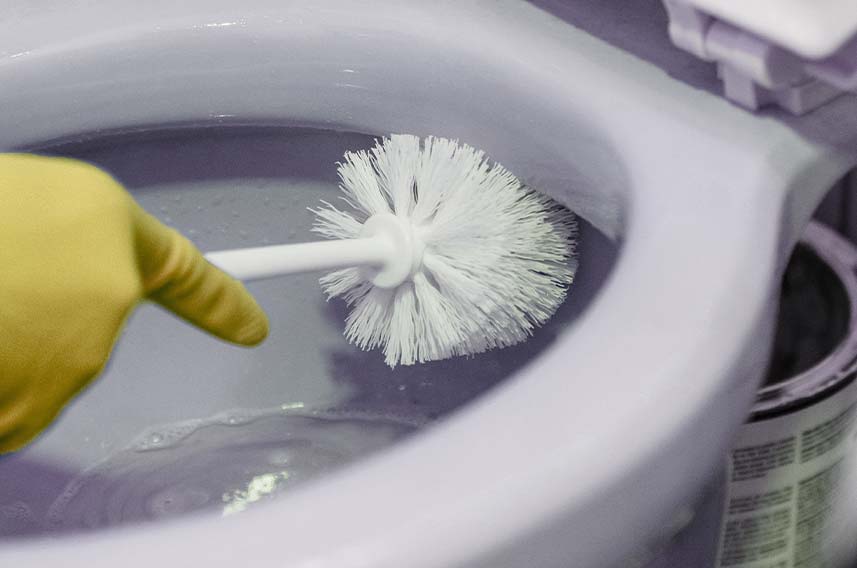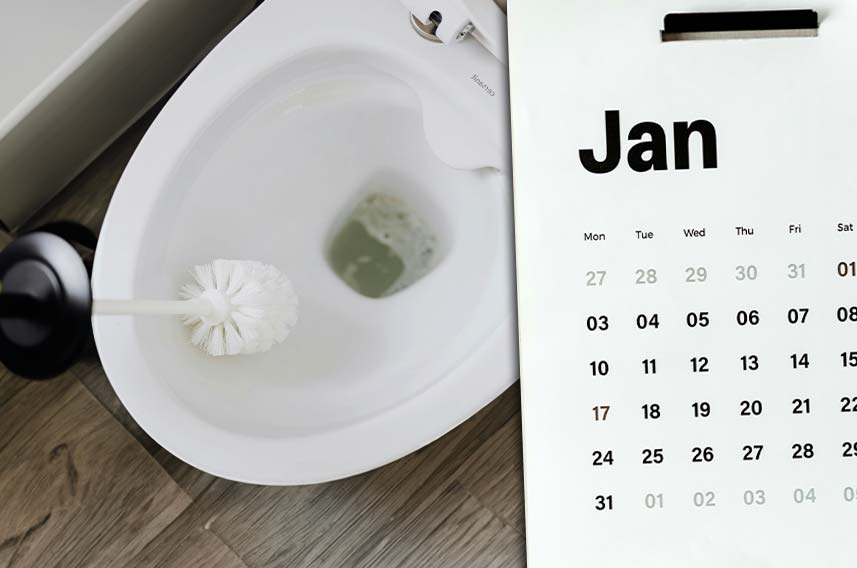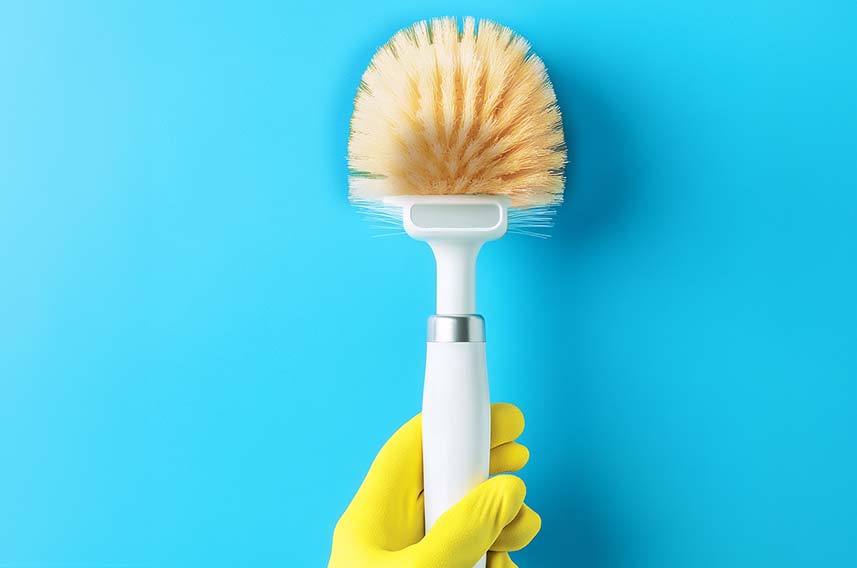Tel: 01474 876800 • Client Portal
- Who We Are
- What We Do
- Build
- Carpentry
- Building Works
- Commercial Flooring
- Commercial Glazing
- Commercial Locksmith
- Commercial Painting & Decorating
- Commercial Plastering
- Commercial Plumbing
- Commercial Refurbishment
- Commercial Roofing
- Design & Construction
- Electrical Installation
- Hard & Soft Landscaping
- Mechanical & Electrical
- Office Builders
- Office Fit Outs
- Office Heating
- Office Partitioning
- Office Relocation
- Site Management
- Maintain
- 24 Hour Helpdesk
- Access Control
- Air Conditioner Repair
- Air Conditioning Servicing
- Commercial Boiler Servicing
- Commercial Electricians
- Commercial Ground Maintenance
- Commercial Pest Control
- Commercial Property Maintenance
- Drain Unblocking
- Emergency Callouts
- Emergency Light Testing
- Facilities Management
- Fire Alarm Testing
- Fire Extinguisher Testing
- Fire Sprinkler Testing
- Fixed Wire Testing
- Handyman Service
- Lift Servicing
- Office Health & Safety
- PAT Testing
- Planned Preventative Maintenance
- Reactive Maintenance
- Roof Maintenance
- TMV Maintenance
- Water Hygiene
- Clean
- Build
- How We Do It
- Why Use Us
- Contact
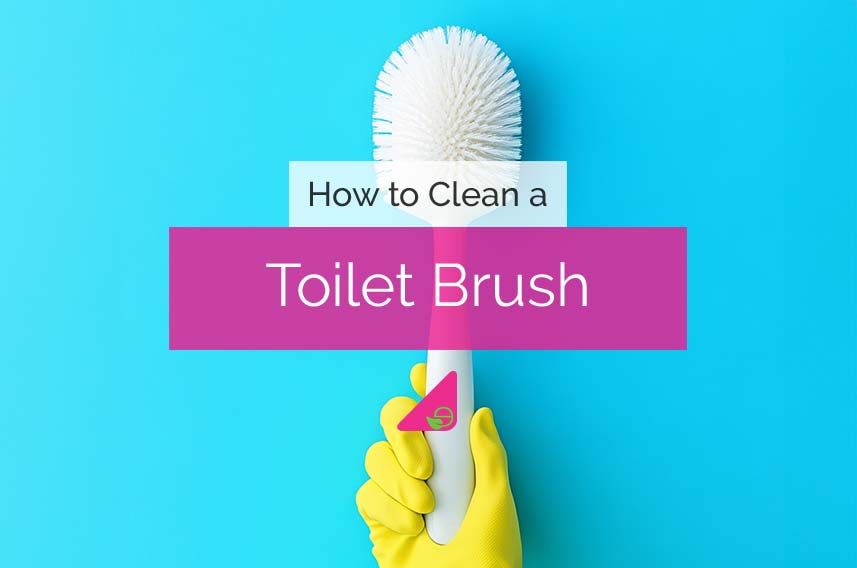
How to Clean a Toilet Brush
A toilet brush is essential for keeping your toilet clean.
However, it can quickly become dirty itself.
Knowing how to clean a toilet brush is just as important as cleaning the toilet.
Over time, bacteria, germs, and grime can build up on the brush, making it less effective.
It’s essential to clean it regularly to maintain hygiene and ensure it lasts longer.
This article will show you how to clean a toilet brush properly and maintain it in a hygienic way.
Table of Contents
How to Clean a Toilet Brush
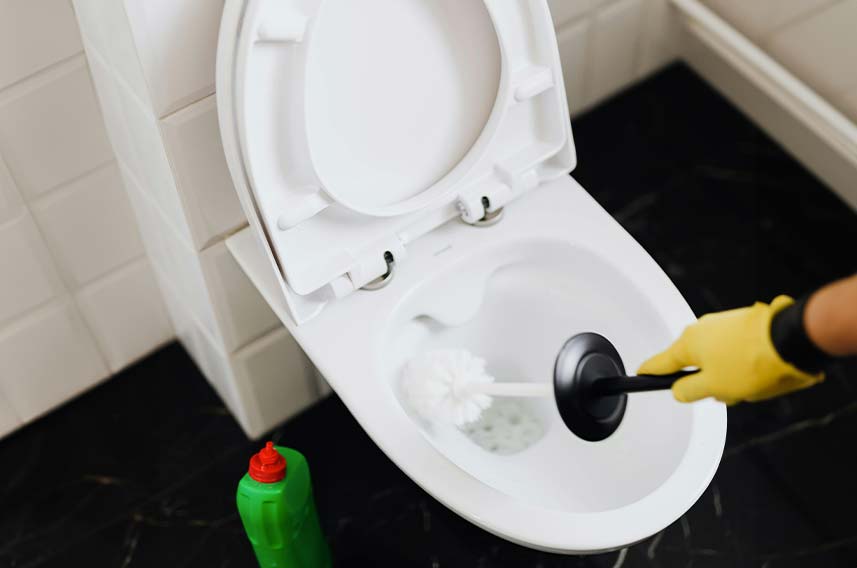
A clean toilet brush is essential for maintaining proper hygiene in your bathroom.
Regularly cleaning the brush helps prevent bacteria and germs from building up.
Here’s how you can clean your toilet brush effectively:
Remove the Brush from the Holder
Start by removing the toilet brush from its holder.
Hold the brush over the toilet or a sink to avoid drips.
Rinse the Brush
Rinse the brush with warm water to remove any toilet cleaner and debris.
This helps to loosen any grime or residue stuck to the bristles.
Soak the Brush
Fill a bucket or sink with hot water and add a cleaning solution.
You can use anything such as bleach or a disinfectant.
Allow the brush to soak in the solution for 10 to 15 minutes.
This helps kill germs and loosen dirt.
Scrub the Bristles
After soaking, use a sponge, cloth, or old toothbrush to scrub the bristles.
Focus on the base of the bristles, as these areas often collect dirt.
Rinse Again
Once scrubbed, rinse the brush under warm water to remove all cleaning solution and dirt.
Make sure to thoroughly rinse the bristles to avoid any cleaning product residue.
Dry the Brush
Allow the brush to air dry completely before putting it back in its holder.
You can also wipe it with a clean towel to speed up the drying process.
How to Clean a Toilet Brush Without Using Chemicals
If you prefer not to use chemicals to clean your toilet brush, there are several effective natural alternatives that can keep the brush clean and fresh.
Here’s how to clean a toilet brush without using harsh chemicals:
Vinegar and Baking Soda
Vinegar and baking soda are powerful natural cleaning agents.
To clean your toilet brush, fill a bucket or sink with hot water.
Add about two cups of white vinegar and a tablespoon of baking soda.
Stir the mixture to combine.
Soak the Brush
Place your toilet brush in the vinegar and baking soda solution and let it soak for 10 to 15 minutes.
The vinegar helps to disinfect the brush, while the baking soda acts as a mild abrasive to scrub away grime and stains.
Scrub the Bristles
After soaking, use a small brush, like an old toothbrush, or a sponge to scrub the bristles.
Focus on cleaning the base and between the bristles, as these areas can hold onto the most dirt and bacteria.
Rinse the Brush
Once you’ve scrubbed the brush, rinse it thoroughly under warm water.
Make sure all the vinegar and baking soda residue is washed away.
Dry the Brush
Allow the brush to air dry completely before putting it back in its holder.
You can also wipe it down with a clean towel to speed up the drying process.
A dry brush will also help prevent bacterial growth.
How Often Should You Clean a Toilet Brush?
Cleaning your toilet brush regularly is essential for maintaining hygiene in your bathroom.
The frequency of cleaning can depend on how often the toilet is used and the overall cleanliness of the bathroom.
Generally, you should clean your toilet brush every two to three weeks.
However, there are some signs that might indicate the need for more frequent cleaning.
If the brush is visibly dirty or if it starts to smell, it’s time to clean it, regardless of the schedule.
A strong, unpleasant odour coming from the brush usually indicates bacterial growth, so cleaning it promptly is essential for hygiene.
If your office or household has multiple people using the toilet, you may need to clean the brush more often.
Similarly, if you notice any discolouration, grime build-up, or stains on the bristles, cleaning the brush is necessary.
If you notice any grime or stains on the brush itself, or if it has been in use for several weeks, take the time to clean it thoroughly.
Keeping the brush clean helps ensure your toilet stays hygienic, and it also prolongs the lifespan of the brush.
When Should You Replace a Toilet Brush?
Toilet brushes, like any cleaning tool, have a limited lifespan and eventually need replacing.
Here are some signs that it’s time to replace your toilet brush:
Frayed or Worn Bristles
If the bristles have become frayed, bent, or worn down, the brush will no longer be effective at cleaning.
Frayed bristles are unable to scrub the toilet properly, making it time for a new brush.
Discolouration or Staining
Over time, toilet brushes may become stained or discoloured from repeated use.
If stains persist despite cleaning, or if the brush has turned an unappealing colour, it’s a sign that it’s time to replace it.
A Broken Handle
If the handle of the brush breaks or becomes loose, it can make the brush difficult to use.
A broken handle can also cause the brush to be less effective, which means replacing it is necessary.
Persistent Odour
If, even after cleaning, your toilet brush continues to have a musty, damp smell, it could be a sign of bacteria build-up that can’t be cleaned away.
In this case, it’s better to replace the brush.
Old Age
If the brush is more than a year old, it may be time to replace it, as frequent use can cause wear and tear.
Why is my Toilet Brush Orange?
If your toilet brush has turned orange, it’s likely due to one of two common causes: hard water deposits or rust.
Hard Water Stains
Hard water contains high levels of minerals like calcium and magnesium.
When these minerals build up over time causing limescale, which can leave orange or brownish stains on your toilet brush.
This happens because the minerals in the water get trapped in the bristles or base of the brush.
Hard water stains are more likely to occur in areas with very hard tap water, leaving an unsightly orange tint on your cleaning tools.
Rust
If your toilet brush holder or brush handle is made of metal, it can begin to rust over time, especially if it is exposed to moisture regularly.
Rust can cause the bristles to turn orange, making the brush look dirty and stained.
Even if the rust doesn’t directly touch the bristles, it can transfer to them and cause discoloration.
Conclusion
You should now know exactly how to clean a toilet brush.
Cleaning your toilet brush is essential for maintaining hygiene and prolonging its lifespan.
Whether you prefer using chemicals or natural solutions, keeping your brush clean will help prevent bacteria and germs from building up.
Cleaning every two to three weeks, or more often if needed, ensures the brush remains effective.
Knowing when to replace the brush and understanding issues like rust or hard water stains can help keep everything in top condition.
By following these simple tips, you can keep your toilet brush in excellent shape and maintain a clean and fresh bathroom.
For more information, or help with your business’s cleaning needs, get in contact with us here at ECMS today.
Request a Callback
Recent Posts
- How to Clean Stainless Steel Surfaces 01th Aug 2025
- 10 Common Saniflo Toilet Troubleshooting Solutions 01th Jul 2025
- Importance of Personal Hygiene at Work 01th Jun 2025
- How to Clean a Toilet Brush 01th May 2025
- How to Clean Painted Walls 01th Apr 2025
- How to Get Oil Stains Out of Carpet 01th Mar 2025
- How to Clean a Fridge and Remove Bad Smells 01th Feb 2025
- How to Get Coffee Stains Out of a Carpet 01th Jan 2025
- How to Clean Gutters Correctly 01th Dec 2024
- What is PAT Testing? 01th Nov 2024


